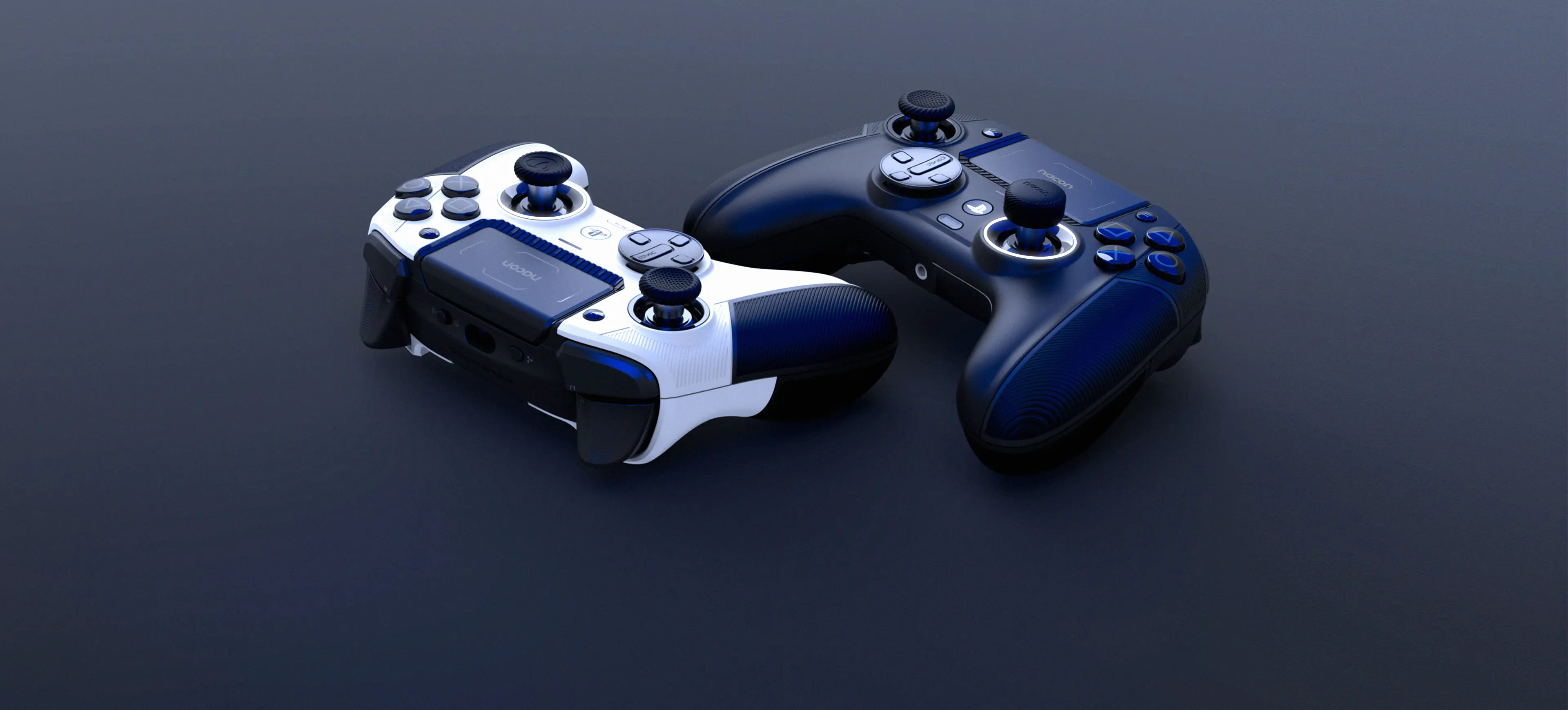Want to enjoy your Nintendo Switch games on a big screen? Learn how to easily connect your console to your TV and find solutions to the most common issues.
Connecting the Nintendo Switch to the TV
To enjoy your games on a big screen, you’ll need the Nintendo Switch dock and the official power adapter. Connecting the system is simple: first, plug the necessary cables into the dock, then place your console into it. Once you select the correct HDMI input on your TV, you’ll be ready to play comfortably on your television.
Setting up the dock
The dock has a small cover on the back. Open it to access the connection ports. Here’s what to plug in:
Connect the HDMI cable: one end into the "OUT" port on the dock, the other into your TV.
Connect the power adapter: plug it into the "AC ADAPTER" port on the dock and into a power outlet.
Before closing the cover, make sure the cables aren’t damaged and that they fit properly through the opening. If you notice exposed wires or bent connectors, don’t use those cables.
Once everything is connected, place the dock on a stable surface near your TV. For the best gaming experience, you can also use a keyboard and mouse with the Nintendo Switch, or if you prefer a different setup, try connecting a PS5 controller to an Android device for more flexibility. Avoid hot or humid places that could damage your equipment.
Connecting the console to the TV
Place the console into the dock. Make sure the screen is facing you (the Nintendo logo should be visible) and the + and - buttons are on top. You’ll feel a slight click when it’s properly seated. A green light should appear on the dock — perfect! The Switch screen will turn off automatically — that’s normal. Now, just select the correct HDMI input on your TV to start playing.
Fixing connection issues
Having display problems with your Switch? Don’t worry — it’s often easier to fix than it seems. Most issues are due to settings or hardware. Let’s look at how to identify and solve these minor problems.
Display issues
Is the screen black? Start by checking your TV settings. Make sure the selected HDMI source matches the port where your Switch is connected. If it still doesn’t work, try a different HDMI port — some can be finicky.
Also check that your Switch is properly placed in the dock, with the screen facing forward. The green light on the dock should be on. If it’s not, the console might be in sleep mode — press the POWER button to wake it up.
As a last resort, check whether the HDMI cable is damaged. A faulty cable can cause display issues. In that case, try a different one — any standard HDMI cable will do.
Hardware issues
Sometimes, connection problems come from the hardware itself. Start by checking your cables: make sure they’re not bent, twisted, or damaged. A faulty cable can cause display issues or prevent the connection entirely.
The dock could also be the problem. Check that it’s not damaged and that all ports are clean. If possible, test your Switch with another dock, or use a different Switch with your dock. This will help you determine exactly where the problem lies.
Nintendo Switch Lite compatibility with TVs
The Nintendo Switch Lite is not compatible with TVs. This model was designed solely for handheld play, which means you can’t connect it to a television — not with a dock, and not with an HDMI cable. Unlike the regular Switch or the OLED version, the Lite lacks the internal components needed to send video output to an external screen.
Even if you have an official dock or third-party accessories, it won’t make a difference: the Switch Lite simply can’t display its games on a TV. There’s also no reliable adapter or workaround to bypass this limitation.












